Develop and communicate design ideas using annotated sketches, detailed plans, 3-D and mathematical modelling, oral and digital presentations and computer-based tools.
Use logical reasoning to explain how some simple algorithms work and to detect and correct errors in algorithms and programs.
Use sequence, selection, and repetition in programs; work with variables and various forms of input and output.
Ohjelmointia kokeillessaan oppilaat saavat kokemuksia siitä, miten teknologian toiminta riippuu ihmisen tekemistä ratkaisuista.
Ohjelmointia harjoitellaan osana eri oppiaineiden opintoja.
Oppilaat syventävät taitojaan ja hyödyntävät opiskelussaan koulun ulkopuolella opittua. Heille muodostuu käsitys siitä, miten tieto- ja viestintäteknologiaa voi hyödyntää eri oppiaineiden opiskelussa, myöhemmissä opinnoissa ja työelämässä sekä yhteiskunnallisessa toiminnassa ja vaikuttamisessa.
Ohjata oppilasta kehittämään algoritmista ajatteluaan sekä taitojaan soveltaa matematiikkaa ja ohjelmointia ongelmien ratkaisemiseen.
Students learn to design work processes, set up hypotheses, experiment with alternatives, draw conclusions, and find new solutions as circumstances change.
Opastaa oppilasta käyttämään tieto– ja viestintäteknologiaa käsityön suunnittelussa, valmistamisessa ja käsityöprosessin dokumentoinnissa.
Students are guided to develop their image skills using a variety of image interpretation techniques and presentation techniques.
The skills of producing, interpreting and communicating knowledge are practiced in a variety of subject-specific ways and in a collaborative manner.
Students will be guided through the diverse acquisition and production of knowledge and the diverse use of information resources as a basis for exploratory and creative work.
Students deepen their skills and take advantage of what they have learned outside of school. They will gain an understanding of how ICT can be used in the study of different subjects, in further studies and working life, and in social activities and influence.
Develop specifications to inform the design of innovative, functional, appealing products that respond to needs in a variety of situations.
Understand several key algorithms that reflect computational thinking.
Design, write and debug programs that accomplish specific goals, including controlling or simulating physical systems; solve problems by decomposing them into smaller parts.
Understand simple Boolean logic and some of its uses in circuits and programming.
To create sketch books to record their observations and use them to review and revisit ideas.
Undertake creative projects that involve selecting, using, and combining multiple applications, preferably across a range of devices.
Learn to analyse problems in computational terms
to use a range of techniques to record their observations in sketchbooks, journals and other media as a basis for exploring their ideas.
to use a range of techniques and media, including painting.
to analyse and evaluate their own work, and that of others, in order to strengthen the visual impact or applications of their work.
Use logical reasoning to compare the utility of alternative algorithms for the same problem.
About great artists, architects and designers in history.
about the history of art, craft, design and architecture, including periods, styles and major movements from ancient times up to the present day.
To improve their mastery of art and design techniques, including drawing, painting and sculpture with a range of materials [for example, pencil, charcoal, paint, clay].
Build and apply a repertoire of knowledge, understanding and skills in order to design and make high-quality prototypes and products for a wide range of users.
Develop the creative, technical and practical expertise needed to perform everyday tasks confidently and to participate successfully in an increasingly technological world.
Design purposeful, functional, appealing products for themselves and other users based on design criteria.
Select from and use a range of tools and equipment to perform practical tasks [for example, cutting, shaping, joining and finishing].
Investigate new and emerging technologies.
Understand developments in design and technology, its impact on individuals, society and the environment, and the responsibilities of designers, engineers and technologists.
Understand and use the properties of materials and the performance of structural elements to achieve functioning solutions.
Understand and explore how music is created, produced and communicated, including through the inter-related dimensions: pitch, duration, dynamics, tempo, timbre, texture, structure and appropriate musical notations.
Learn to sing and to use their voices, to create and compose music on their own and with others, have the opportunity to learn a musical instrument, use technology appropriately and have the opportunity to progress to the next level of musical excellence.
Experiment with, create, select and combine sounds using the inter-related dimensions of music.
Improvise and compose music for a range of purposes using the inter-related dimensions of music.
Improvise and compose; and extend and develop musical ideas by drawing on a range of musical structures, styles, genres and traditions
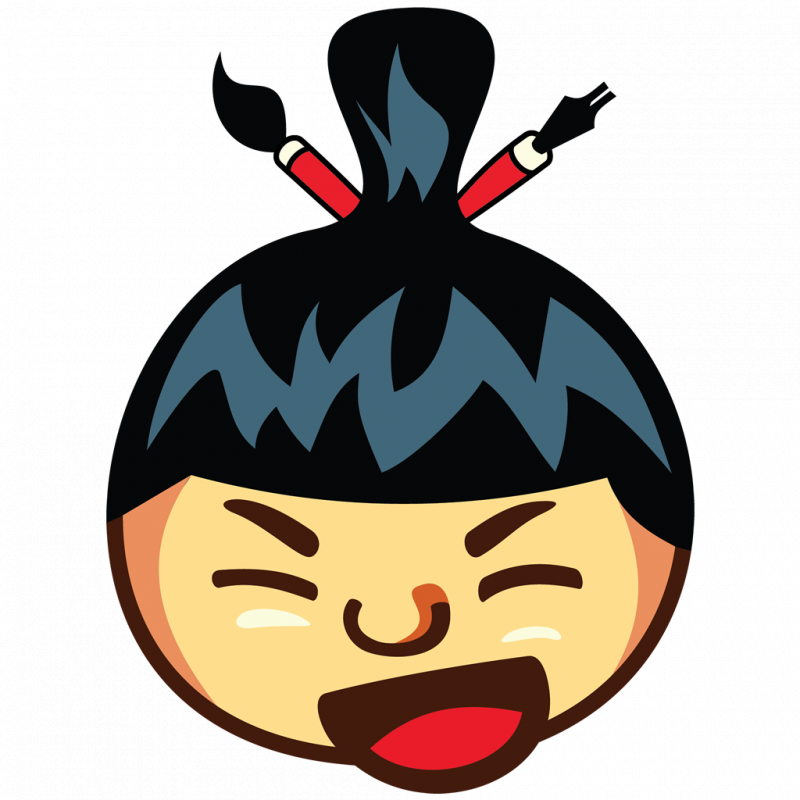


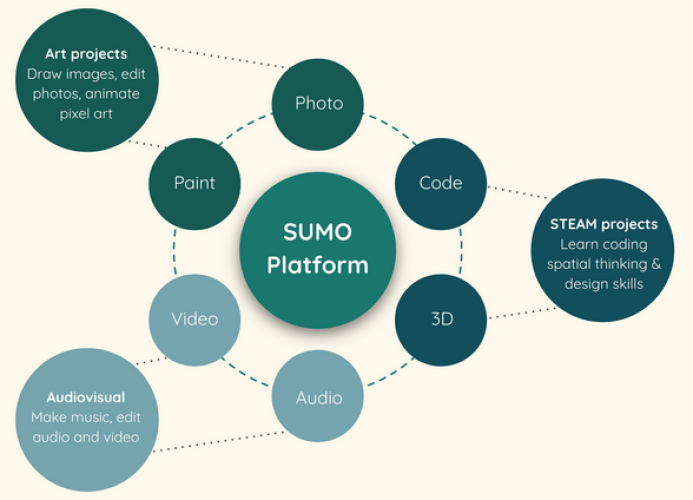

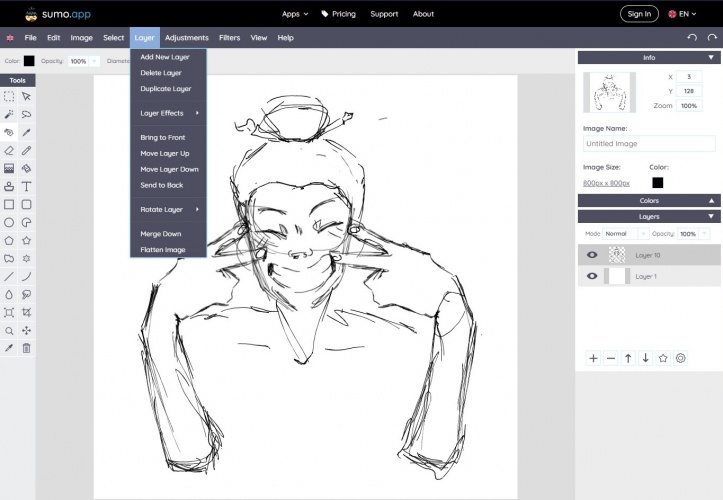
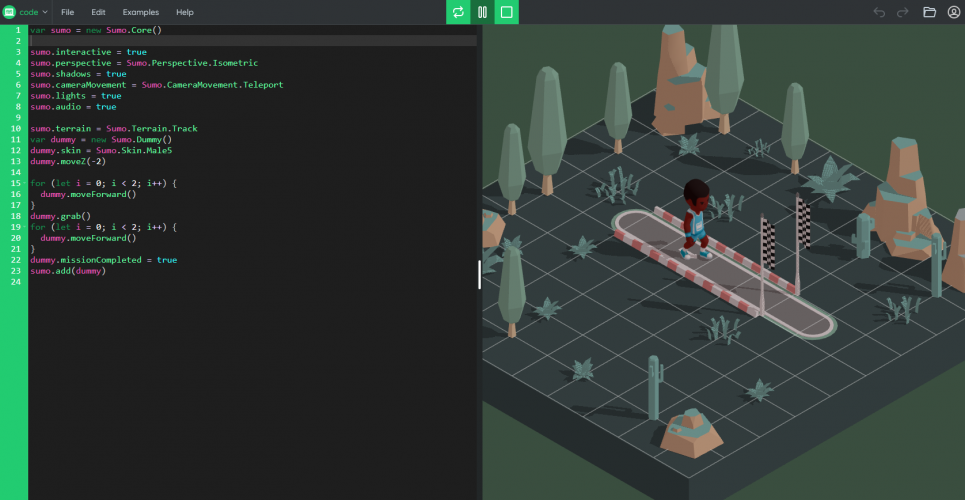
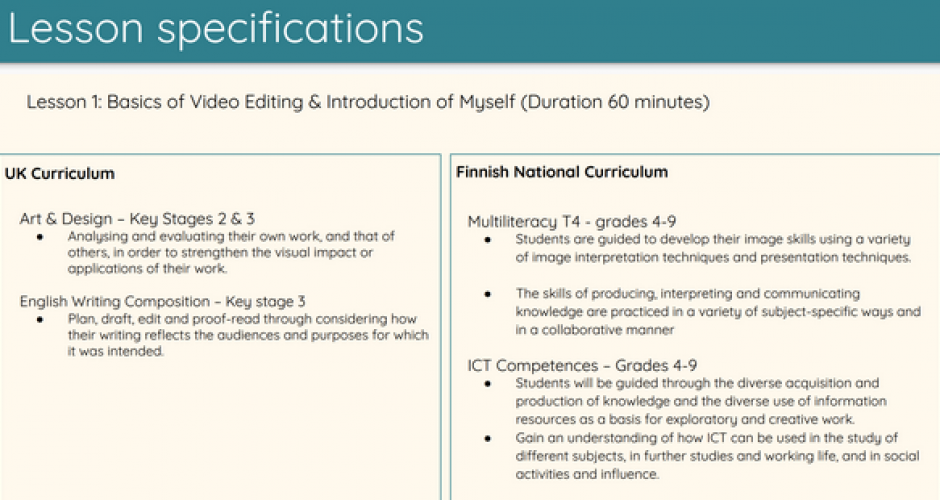
User reviews for Sumo Edu
You need to log in to post a review.